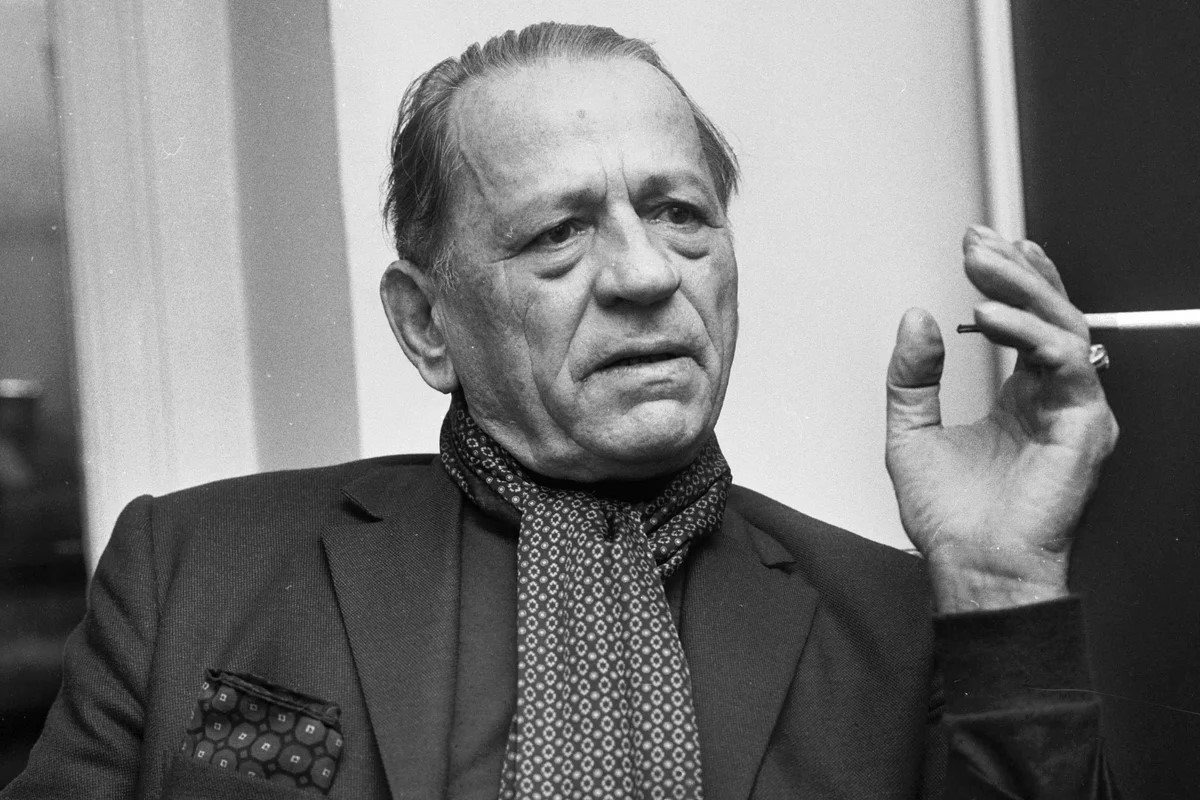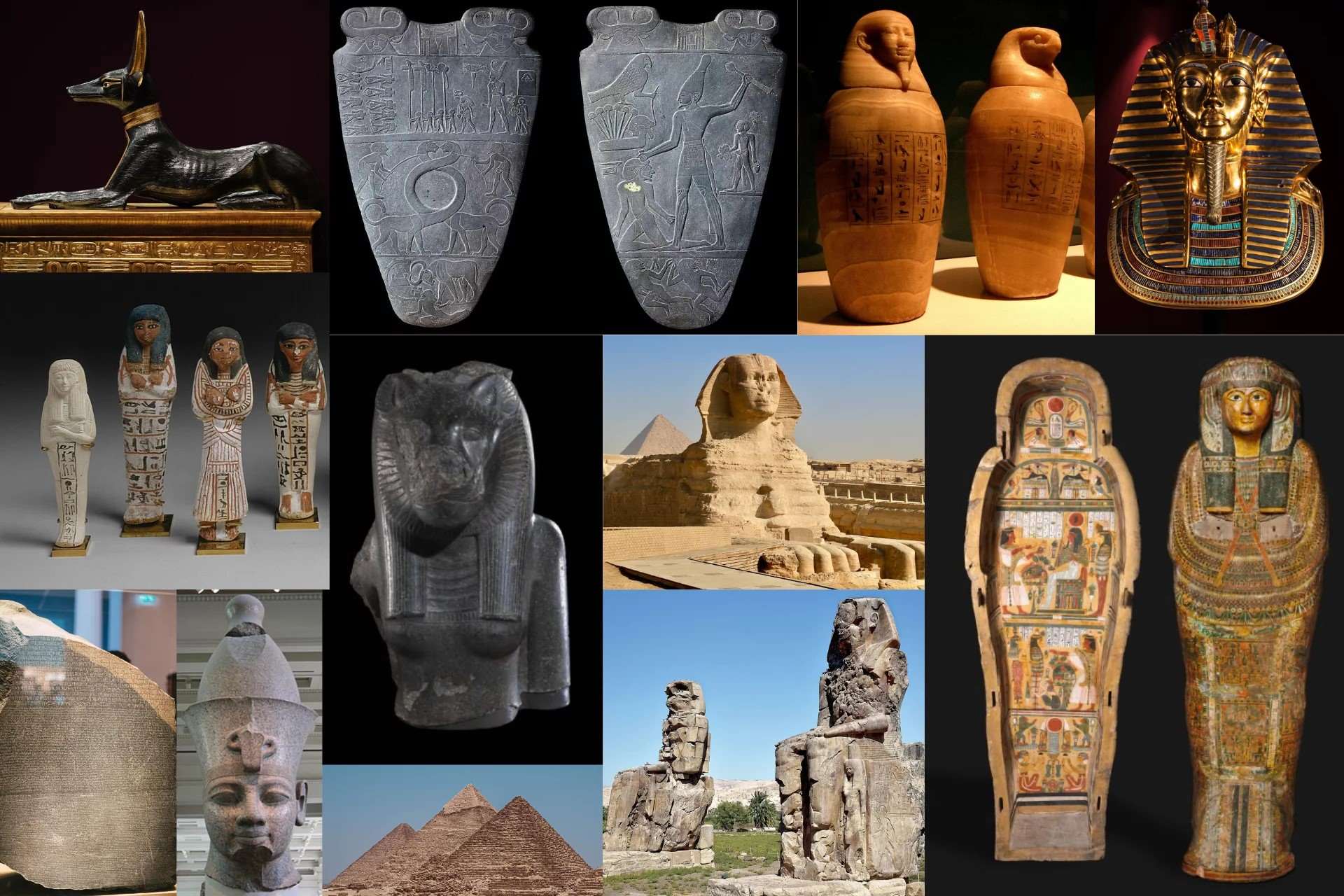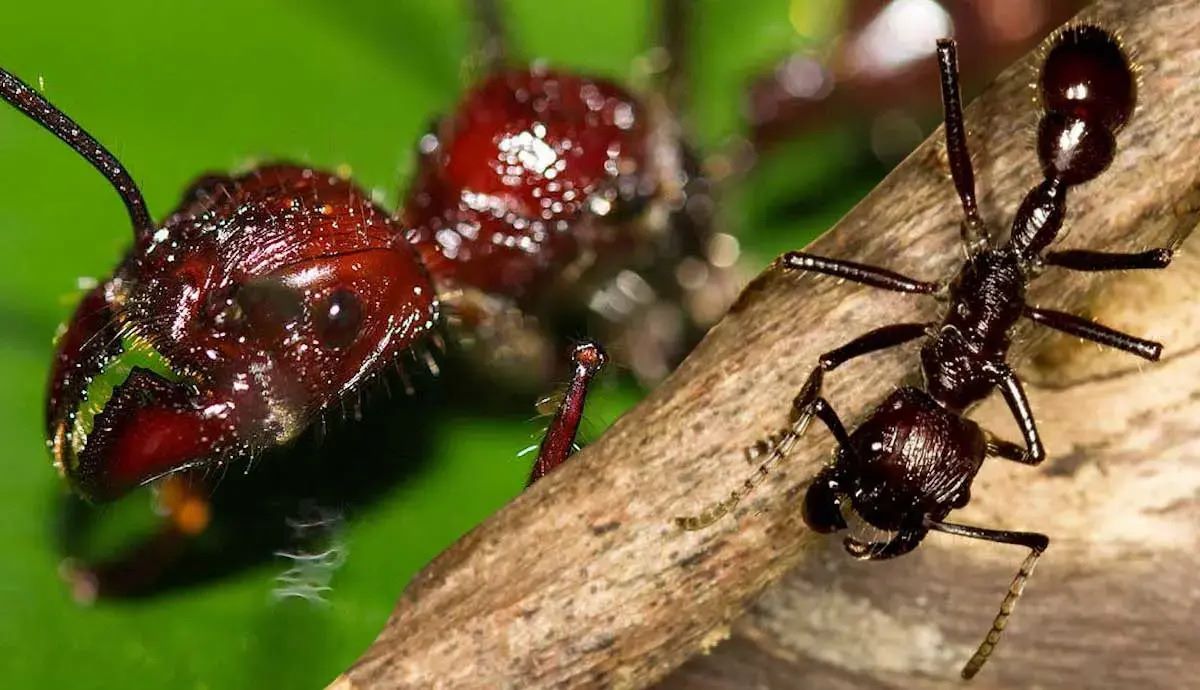
Henri Charrière, better known as Papillon, remains one of the most intriguing figures in history. His life story, filled with daring escapes and relentless pursuit of freedom, has captivated many. Born in France, Charrière was convicted of murder in 1931, a crime he always claimed he didn't commit. Sentenced to life in the notorious Devil's Island penal colony, his incredible escape attempts became legendary. His autobiography, "Papillon," details these adventures and has been adapted into films. But who was the man behind the legend? Here are 37 facts about Henri Charrière Papillon that will shed light on his extraordinary life and the myths surrounding him.
Key Takeaways:
- Henri Charrière, also known as Papillon, led a daring life filled with escape attempts and resilience, inspiring people with his unyielding desire for freedom.
- Despite controversies, Papillon's story remains a symbol of hope and resilience, captivating audiences and leaving a lasting impact on popular culture.
Early Life and Background
Henri Charrière, famously known as Papillon, led a life filled with adventure and intrigue. His early years set the stage for his later escapades.
- Born on November 16, 1906, in Ardèche, France, Henri Charrière was the son of schoolteachers.
- His nickname, "Papillon," means "butterfly" in French, inspired by the butterfly tattoo on his chest.
- Charrière joined the French Navy at the age of 17, which marked the beginning of his rebellious streak.
- After leaving the Navy, he became involved in the Parisian underworld, engaging in petty crimes and scams.
Imprisonment and Escape Attempts
Charrière's life took a dramatic turn when he was convicted of murder, a crime he always claimed he didn't commit. His time in prison and numerous escape attempts became legendary.
- In 1931, Charrière was convicted of murdering a pimp named Roland Legrand, although he maintained his innocence throughout his life.
- Sentenced to life imprisonment, he was sent to the notorious Devil's Island penal colony in French Guiana.
- Devil's Island was infamous for its harsh conditions and high mortality rate among prisoners.
- Charrière made his first escape attempt in 1933, just two years after his arrival, but was quickly recaptured.
- Over the years, he made a total of nine escape attempts, showcasing his relentless determination to gain freedom.
- During one escape, he floated on a bag of coconuts for days before being recaptured by local authorities.
Life in the Penal Colony
Life in the penal colony was brutal, but Charrière's resilience and resourcefulness helped him survive.
- Prisoners on Devil's Island faced extreme isolation, malnutrition, and disease.
- Charrière formed close bonds with fellow inmates, who often assisted in his escape plans.
- Despite the harsh conditions, he managed to maintain his spirit and hope for freedom.
- He spent a significant amount of time in solitary confinement as punishment for his escape attempts.
- Charrière's ingenuity was evident in his ability to create tools and devices to aid his escapes.
Final Escape and Freedom
Charrière's persistence paid off when he finally managed to escape the penal colony for good.
- In 1941, Charrière made his final and successful escape from Devil's Island.
- He navigated treacherous waters and dense jungles to reach Venezuela, where he sought asylum.
- The Venezuelan government granted him political asylum, allowing him to start a new life.
- Charrière settled in Caracas, where he married a Venezuelan woman and started a family.
- He opened a series of businesses, including a restaurant and a nightclub, to support his new life.
Writing and Legacy
Charrière's incredible story didn't end with his escape. He went on to share his experiences with the world.
- In 1969, Charrière published his autobiography, "Papillon," which became an international bestseller.
- The book detailed his life, imprisonment, and numerous escape attempts, captivating readers worldwide.
- "Papillon" was translated into multiple languages, further spreading Charrière's story.
- In 1973, a film adaptation of "Papillon" was released, starring Steve McQueen as Charrière and Dustin Hoffman as his fellow inmate.
- The film received critical acclaim and brought Charrière's story to an even wider audience.
- Despite some critics questioning the accuracy of his autobiography, Charrière's tale remains a symbol of resilience and hope.
Later Years and Death
Charrière lived out his later years in relative peace, enjoying the freedom he had fought so hard to achieve.
- He continued to write, publishing a sequel to "Papillon" titled "Banco" in 1972.
- "Banco" focused on his life after escaping the penal colony and his efforts to build a new life in Venezuela.
- Charrière became a celebrity in France and Venezuela, often giving interviews and making public appearances.
- He maintained his innocence regarding the murder charge until his death.
- Charrière passed away on July 29, 1973, in Madrid, Spain, from throat cancer.
Cultural Impact and Controversies
Charrière's story has left a lasting impact on popular culture, but it has also sparked debates and controversies.
- Some historians and former inmates have questioned the accuracy of Charrière's accounts, suggesting that he may have embellished certain details.
- Despite these controversies, "Papillon" remains a beloved and influential work in the genre of prison literature.
- The story has inspired numerous adaptations, including a 2017 film remake starring Charlie Hunnam and Rami Malek.
- Charrière's tale has also influenced other works of fiction, including books, movies, and television shows about prison escapes.
- His story continues to resonate with audiences, symbolizing the human spirit's unyielding desire for freedom.
- Charrière's legacy lives on as a testament to resilience, hope, and the power of storytelling.
The Legacy of Henri Charrière
Henri Charrière, known as Papillon, left an indelible mark on history with his daring escapes and relentless spirit. His story, filled with adventure and resilience, continues to captivate readers and moviegoers alike. Despite controversies surrounding the authenticity of his memoir, Papillon remains a symbol of hope and determination. His life reminds us that even in the darkest times, the human spirit can triumph. Whether you believe every detail of his tale or not, there's no denying the impact of his story. Charrière's legacy lives on, inspiring countless individuals to face their challenges head-on. His adventures, both real and embellished, serve as a testament to the power of perseverance. So, next time you think about giving up, remember Papillon and his incredible journey. It might just give you the push you need to keep going.
Frequently Asked Questions
Was this page helpful?
Our commitment to delivering trustworthy and engaging content is at the heart of what we do. Each fact on our site is contributed by real users like you, bringing a wealth of diverse insights and information. To ensure the highest standards of accuracy and reliability, our dedicated editors meticulously review each submission. This process guarantees that the facts we share are not only fascinating but also credible. Trust in our commitment to quality and authenticity as you explore and learn with us.


